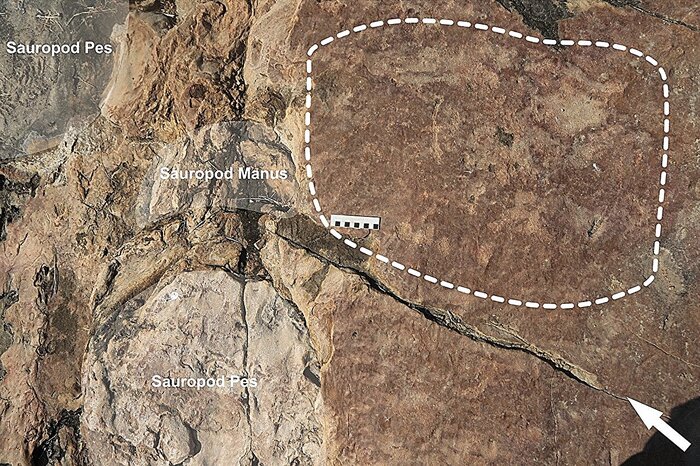Tourism
news
Scholars examine: Did an epidemic similar to Corona exterminate an ancient civilization?
New genetic evidence reinforces the hypothesis that a violent bacterium led to the extinction of the ancient Siberians who lived about 5,000 years ago.
Researchers claim that the deadly plague has altered the genetic structure of the population living in Northeast Asia
Tags
Siberia
epidemic
Not to be missed
Thursday, 21 January 2021, 23:52
Share on Facebook
Share on WhatsApp
Share on general
Share on general
Share on Twitter
Share on Email
0 comments
Researchers at Stockholm University are testing a hypothesis that a mysterious plague killed the ancient Siberians, a population living in Northeast Asia about 5,000 years ago.
They believe that the "death epidemic" in question has altered the genetic structure of parts of the area's population and their findings suggest a much more complex ancient history than previously thought.
A team led by evolutionary genetics surfer Sage Kilintz and Anders Gutterstrom was able to extract DNA from the remains of 40 human skeletons excavated in parts of eastern Siberia.
Two of the ancient Siberians found in the DNA the bacterium Yersinia Pestis, the causative agent of the disease - which was responsible for high mortality rates in plagues throughout human history that claimed the lives of millions of people throughout history and last claimed the lives of about a third of Europe -1353.
A study published in Science Advances.
One of the victims lived about 4,400 years ago and the other about 3,800 years ago.
Prof Gutterstrom said it was still unclear how the plague got to Siberia and how contagious it was.
He and his colleagues discovered that the genetic diversity in ancient samples of human DNA declined sharply in the period 4,400 to 4,700 years ago, which is probably a result of the population collapse at that time.
This theory is consistent with evidence reported in June 2020 on an epidemic discovered in another ancient Siberian DNA.
The previous data were found in two ancient skeletons from the Lake Baikal area in eastern Siberia that lived about 4,500 years ago.
More on Walla!
NEWS
Archaeologists enthusiastically: A nail used to crucify Christ is found in a Czech monastery
To the full article
Lake Baikal, Siberia (Photo: GettyImages)
More in "Do Not Miss"
Archaeological findings reveal: Goliath was not as tall as you thought
This is how the last remnant of the extinct tribe in the Amazon lived: new images have been revealed
From there do not return alive: a mysterious city found in the "enchanted island of spirits"
Every day, about 50 Israelis have a heart attack: the medical service that will save your life
However, evolutionary geneticist Hendrik Poiner of McMaster University in Canada, who did not participate in the study, told sciencenews that the same ancient people may have been infected with a non-violent strain of the bacterium.
If so, the bacterium would not kill enough victims to change the genetic structure of the Siberians.
Prof Poiner said that genetic data from only two people provide too little evidence to confirm that they had a violent strain of Yersinia pestis.
In any case, the genetic findings provide another glimpse into a series of changes in ancient populations that lived in this area, from humans who lived there about 16,900 years ago, the peak of the Ice Age, to 550 years ago.
Researchers who have analyzed ancient Siberian genetic material and compared it to modern humans say it shows that despite the harsh Siberian climate, groups living near Lake Baikal and other areas did roam and mingle with other populations in and outside Siberia from the Late Stone Age to the Middle Ages.
The two Siberians bearing the plague signs analyzed in the new study came from areas that experienced significant population changes during most of the time period sampled.
It could have been caused in part by the bacterium-carrying people who migrated in the area.
What happened to the Siberians?
Share on Facebook
Share on WhatsApp
Share on general
Share on general
Share on Twitter
Share on Email
0 comments









